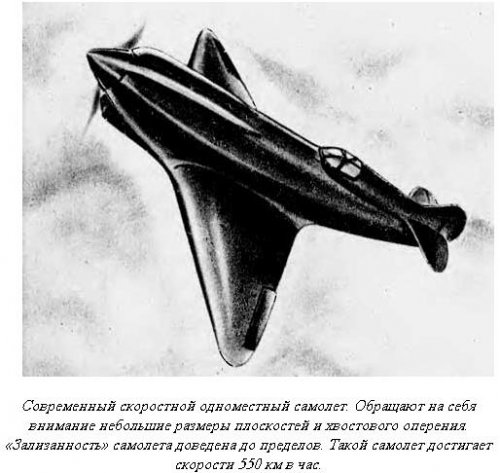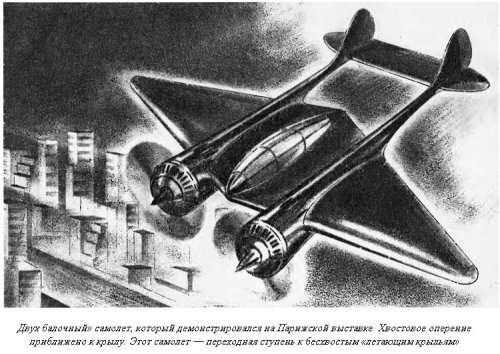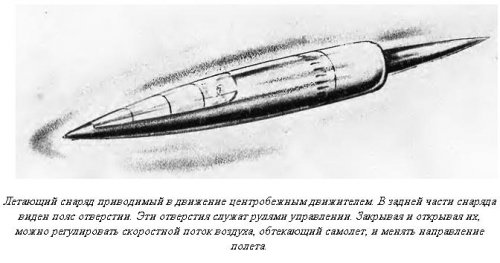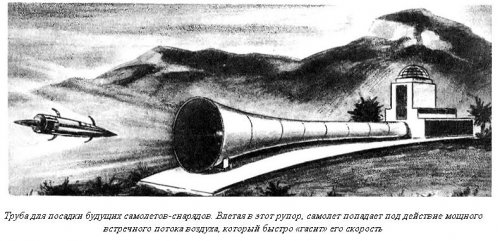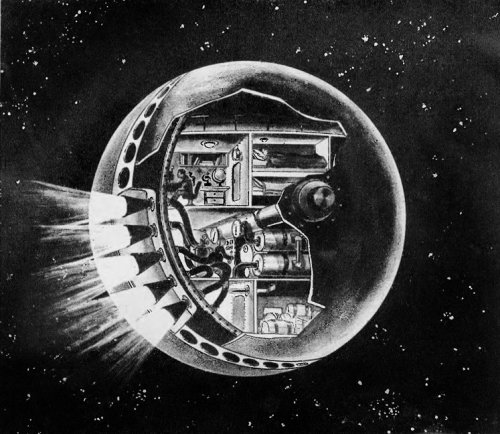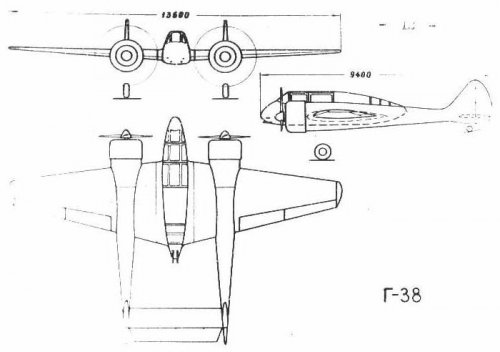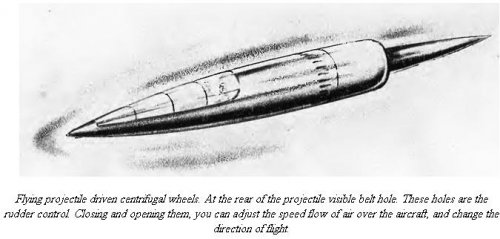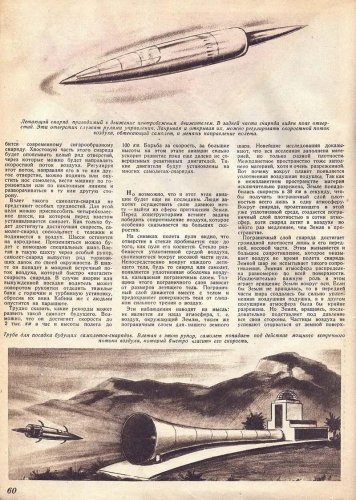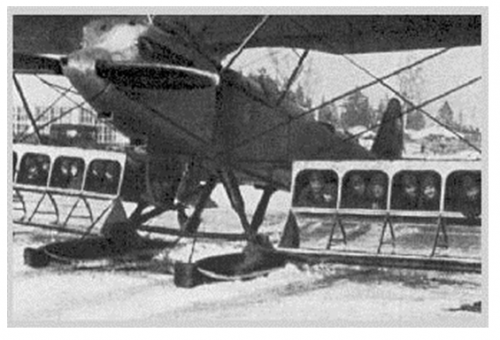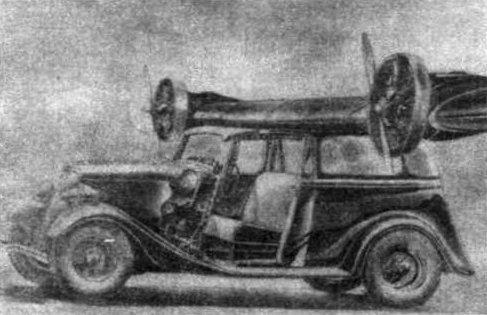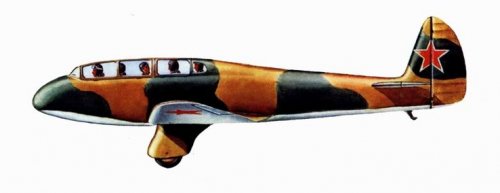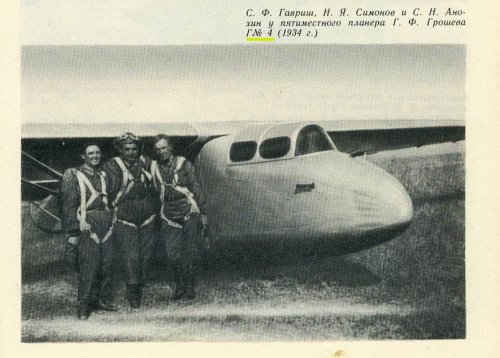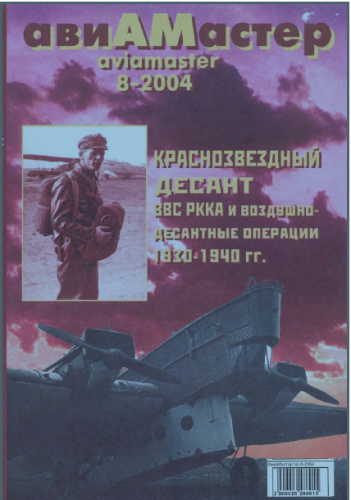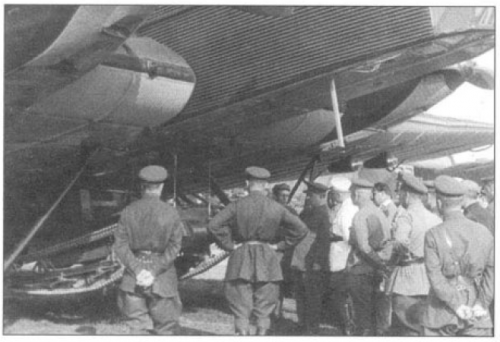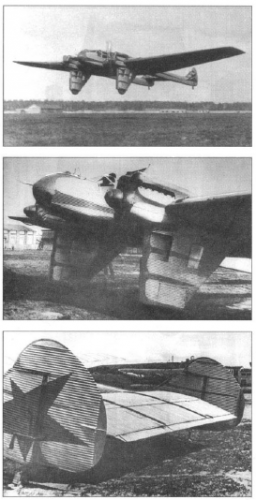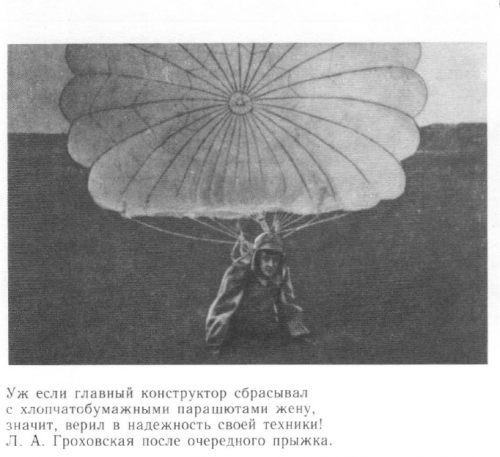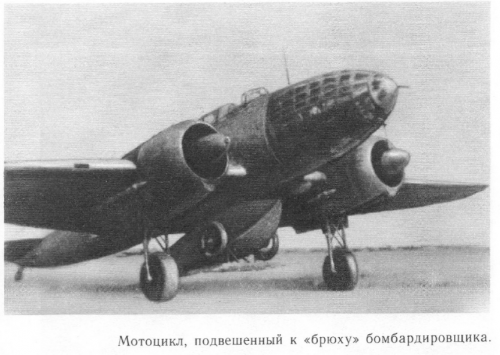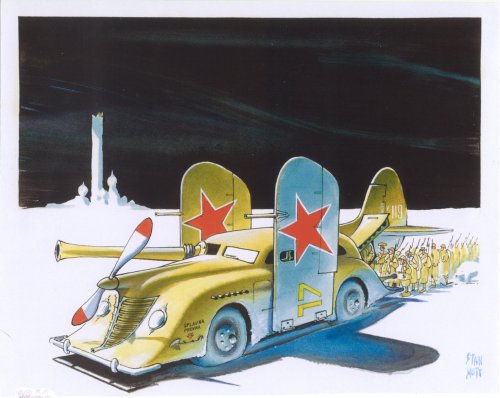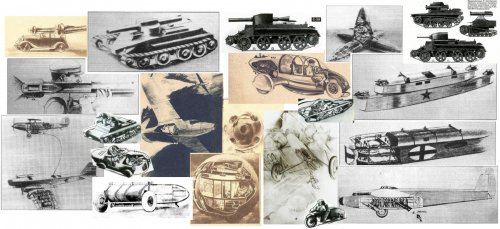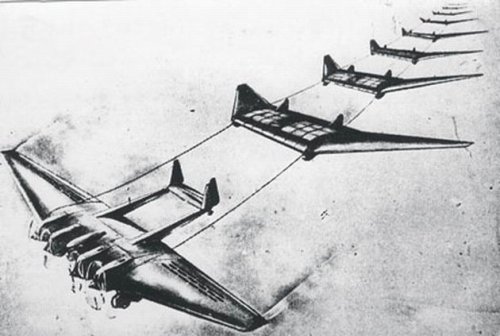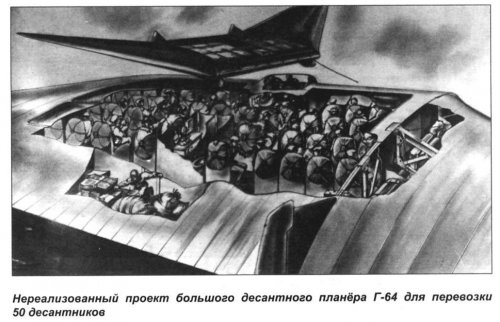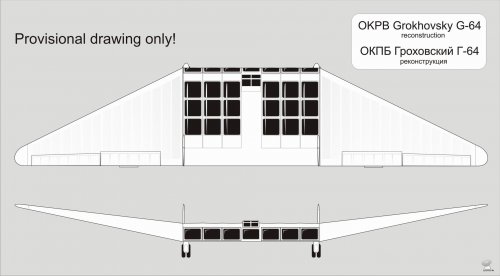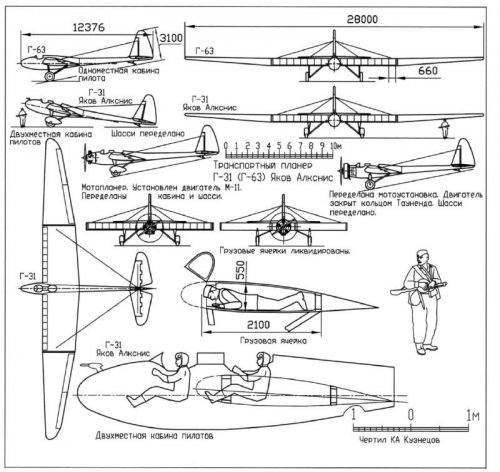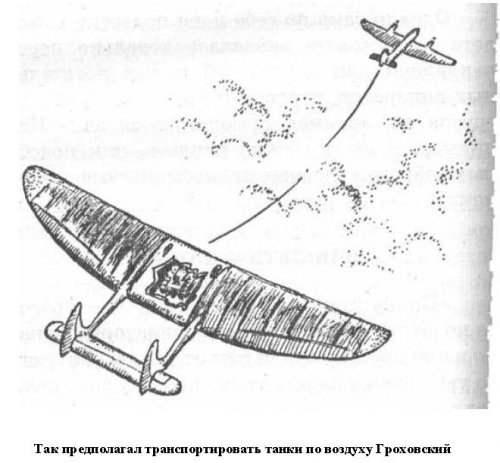More Grokhovskii designations explained for your enjoyment... The guy was quite eclectic! (some of the material in this thread will likely be rearranged later between this and the
Designations section...).
G-1A
This type is mentioned here in passing (no further details I'm afraid):
http://www.rusproject.org/node/1176
G-2 to G-8 (containers)
The
G-2 was a 1931 cigar-shaped cardboard container with a 3.5-meter diameter parachute at one end, able to carry loads up to 30 kg — like six rifles and 5,000 rounds of ammunition, for instance. It was accepted into service under the designation PG-2k. An R-5 biplane could carry ten of these "cigars":
The
G-3 was a soft "air bag" container that stacked three 76-mm artillery shells or three light DP machine guns or three boxes of machine-gun belts. It was discharged with the same parachute as the G-2. After state, the G-3 started production under the designation PDMM.
In 1932, the
G-4 (soft bag) and
G-5 (hard oval-shaped plywood container) were both designed for 150-160 kg of cargo. In the same year the
G-6 (for 80 kg) and the
G-7 (for bulky cargo) were introduced, as well the
G-8 cardboard cylinder (for food).
http://vk.com/wall188878539_67
G-9
Grokhovskii thought about how to improve the mobility of the troops on the ground. In October 1932 he supplied the Air Force with the G-9 system, which consisted of two "Harley-Davidson" motorcycles hung up on the bomb racks under the wings of an R-5 biplane.
Each bike was put in a special frame and was equipped with two parachutes (collectively weighed 656 kg). More here:
http://vk.com/wall188878539_67
The
G-9 is also mentioned here, along with the
GN-4:
http://www.airforce.ru/history/chronology/1934.htm
G-11
A Grokhovskii (?) G-11 is mentioned here:
http://www.rusproject.org/node/1176
G-31
The
G-31 is also given as the
G-3-1 here, though I don't know if it was a redesignation:
http://www.airforce.ru/history/chronology/1932.htm
G-55
Finally, The
G-55 designation applied to a system consisting in dropping miles of telephone wiring in a container from an R-5 aircraft. The system was tested successfully in 1935 and later designated as PRK-5, PRK PRK-10-30:
http://lib.rus.ec/b/208974/read
GN°4 and
GN°8
The
GN°4 five-seat glider (apparently the same as GN-4) and
GN°8 (a four-seat glider designed to be towed behind a fighter) are described here:
http://www.ljpoisk.ru/archive/3766292.html
It is also mentioned here (as the
GN-4):
http://www.rusproject.org/node/1176
